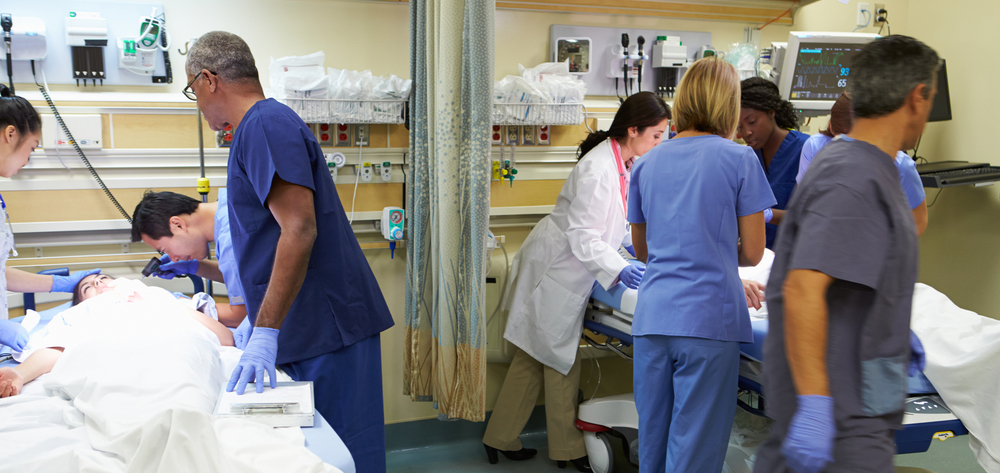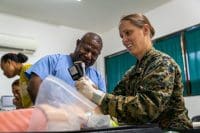William Mountain, age 54, arrives at the emergency department with the hallmarks of meningitis—fever, headache, and stiff neck. His wife tells you he has also been experiencing nausea, vomiting, photophobia, and an altered mental status.
Assessment hints
You recall that patients with viral meningitis usually remain oriented, while those with bacterial meningitis typically become confused, agitated, or irritable. After dimming the lights to promote Mr. Mountain’s comfort, you take his temperature; it’s 103° F (39.4° C). Then you check for other classic signs of meningitis: As he lies supine, you lift his head and see his hips and knees flex in response, indicating Brudzinski’s sign. Next, you try to straighten his leg with his hip and knee flexed; he is unable to straighten it, indicating Kernig’s sign.
You obtain his other vital signs, which are within normal ranges. You’re aware that patients with bacterial meningitis may have seizures and vital-sign changes suggesting increased intracranial pressure, such as bradycardia, widened pulse pressure, hypertension, and irregular respirations; Mr. Mountain lacks these. To help rule out meningococcal meningitis (caused by Neisseria meningiditis), you perform a thorough skin assessment (including the mucous membranes), which turns up no abnormal findings.
On the scene
Before the physician makes a definitive diagnosis, you guard against disease transmission by instituting droplet precautions, which require healthcare workers and visitors to wear plain surgical masks when coming within 3′ of the patient. These precautions must stay in place for 24 hours after effective treatment starts. You don a regular mask to protect yourself in case Mr. Mountain has meningococcal meningitis, which can be transmitted through respiratory and throat secretions.
Meningitis is diagnosed from cerebrospinal fluid (CSF) testing and blood cultures. You assist the physician with Mr. Mountain’s lumbar puncture to obtain CSF. With meningococcal meningitis, CSF appears cloudy and typically has an elevated white blood cell count, elevated protein level, and decreased glucose level. Also, a Gram stain of blood cultures may show gram-negative diplococci—an early indicator of meningococcal meningitis. Pending blood culture results, the physician orders I.V. ceftriaxone empirically.
Outcome
Mr. Mountain’s CSF results show only a slight protein elevation, suggesting noncontagious viral meningitis. His blood cultures are negative for bacteria. Viral meningitis usually resolves on its own. As ordered, you discontinue ceftriaxone.
After a few days of fever and headache management, Mr. Mountain begins to feel better. He tells you he’s worried about transmitting his infection to those around him. You explain that his type of meningitis isn’t contagious.
Education and follow-up
Meningitis usually follows a bacterial or viral infection, but it also may result from a fungal infection or parasitic infestation. Other possible causes include cancer, lupus, certain drugs, head injury, and brain surgery; in these cases, meningitis isn’t contagious. Also, some patients may have predisposing factors, such as recent upper respiratory infection.
Although vaccines aren’t available for all meningitis types, vaccination against meningococcal disease is recommended for children and adolescents. When your unit coworkers wonder if they need vaccination, you explain it’s not routinely recommended for healthcare providers because of the extremely low transmission risk during routine patient care (except when mouth-to-mouth resuscitation is performed without protection on an infected patient). The best ways to contain the threat of potentially deadly meningitis are vaccination (when appropriate) and early implementation of isolation precautions for suspected meningitis.
On discharge, Mr. Mountain doesn’t require special instructions or medications. You advise him to follow up with his physician as needed or if his symptoms return.
Barbara Barzoloski-O’Connor is an infection control manager at Howard County General Hospital in Columbia, MD.


















